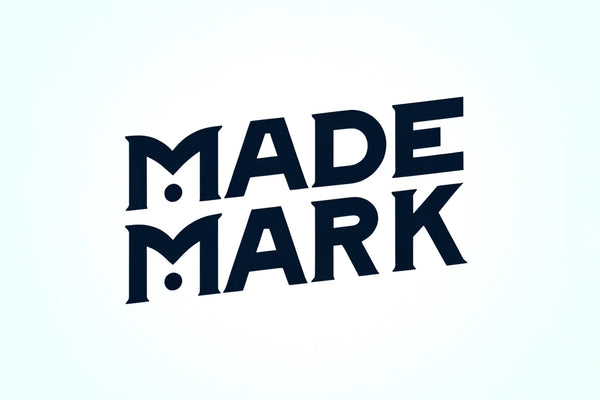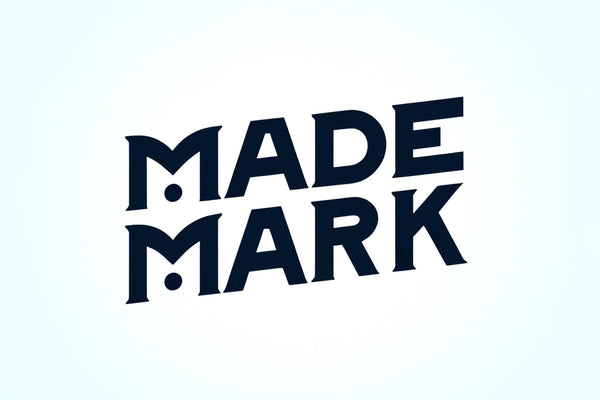Your cart is empty now.
Office action text of Amazon's Trademark MadeMark for clothing - Likelihood of Confusion rejection
Office action test of Amazon's Trademark MadeMark for clothing - Likelihood of Confusion rejection
Below is the Feb 8, 2020 rejection for likelihood of confusion under 2d for U.S. Registration No. 3059279 MADE for clothing items.
SUMMARY OF REFUSAL(S) / REQUIREMENT(S):
- Section 2(d) Refusal – Likelihood of Confusion









